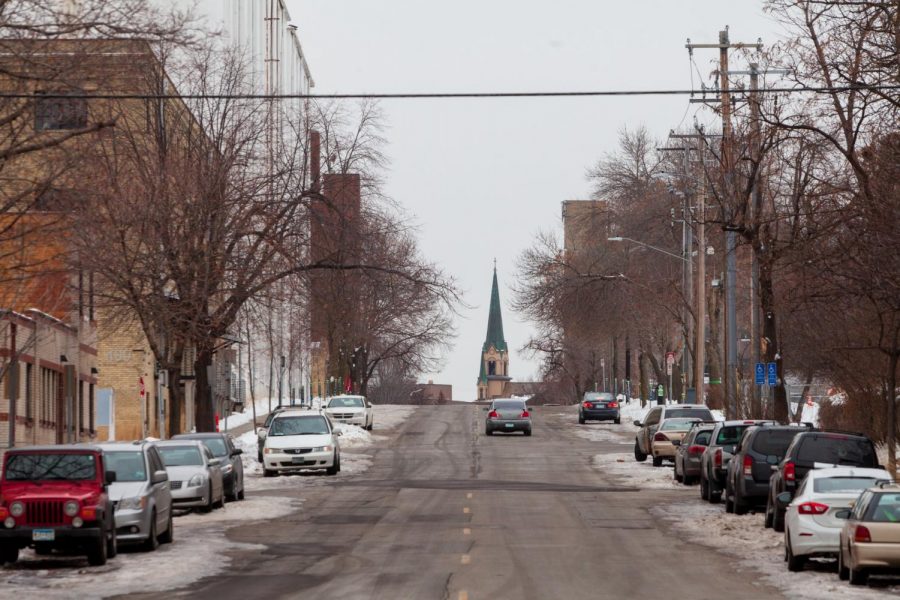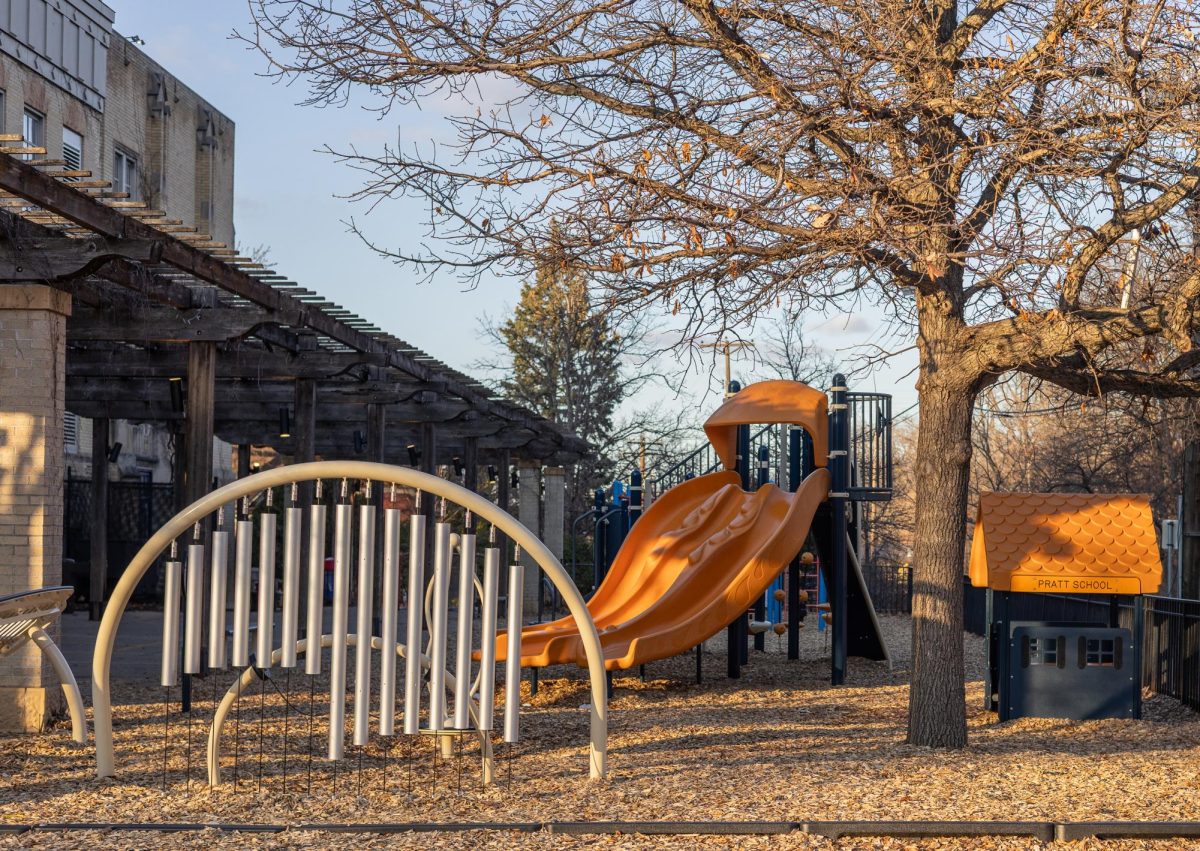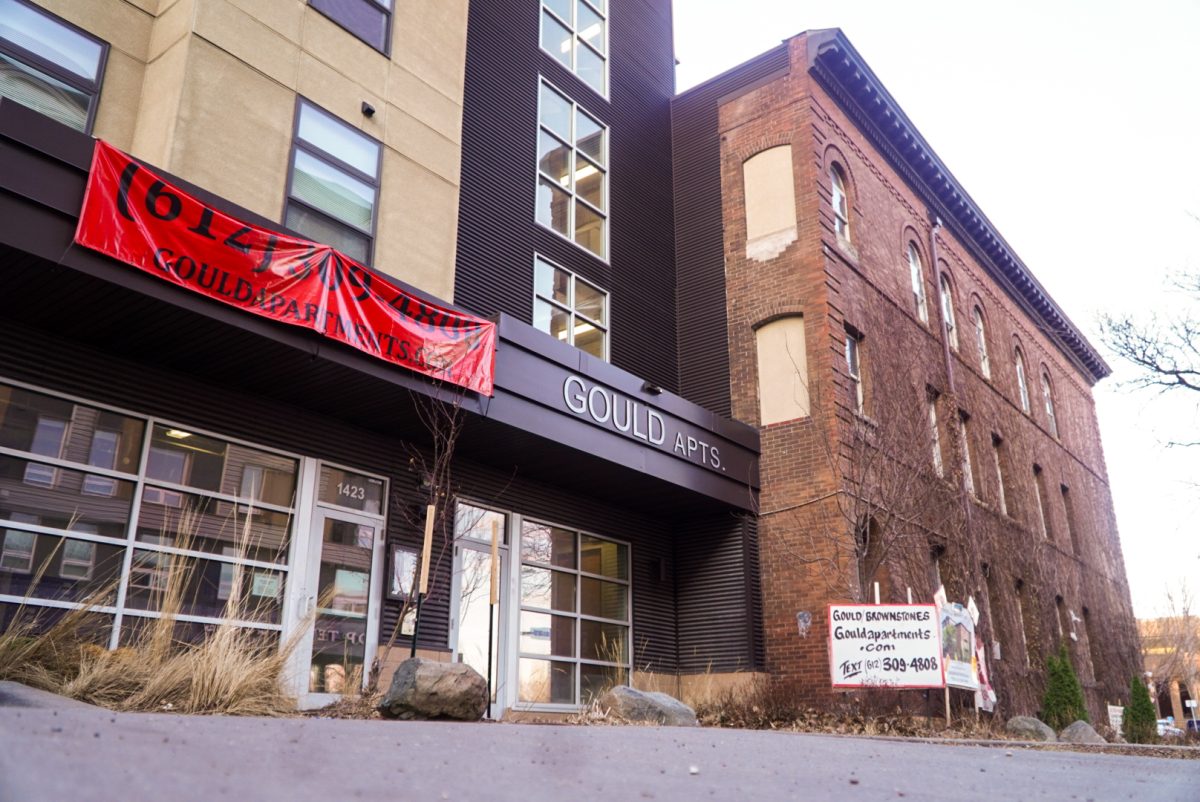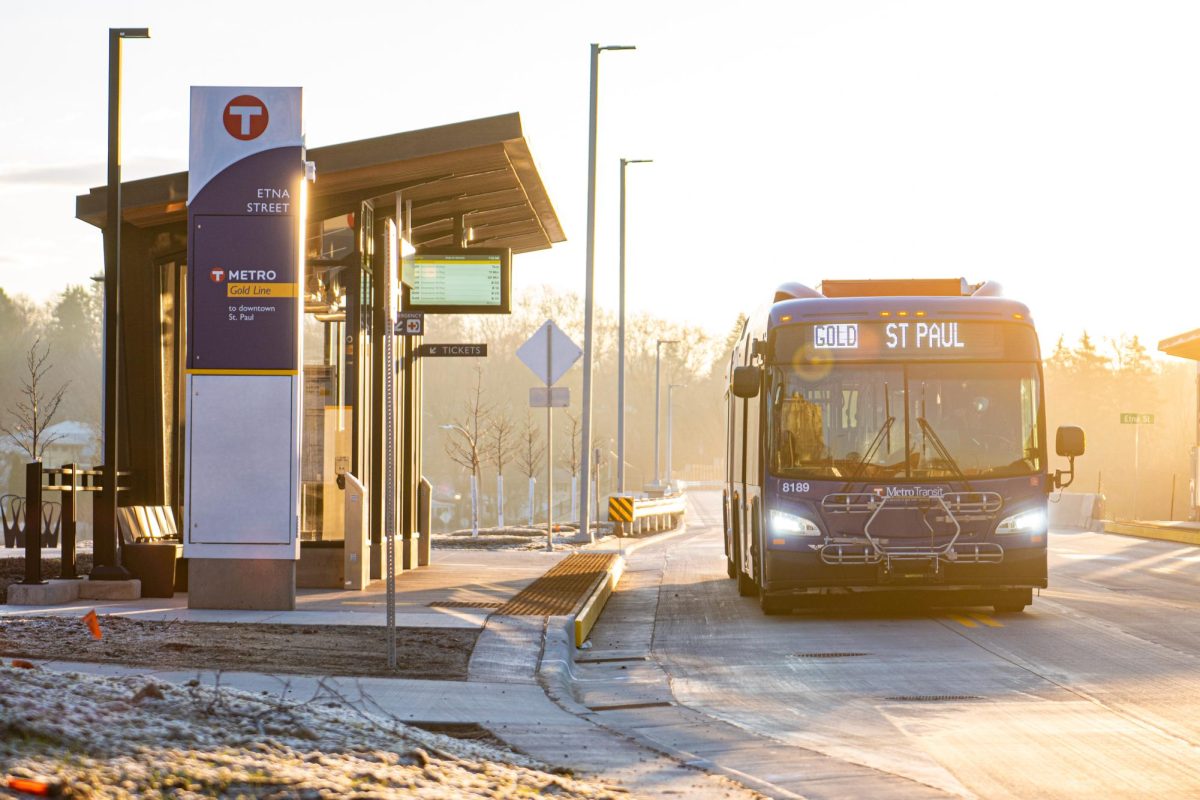The Minneapolis City Council recently approved a vast overhaul to how neighborhood organizations will be funded with an emphasis on engaging with communities that have been traditionally underrepresented within these groups.
Neighborhoods 2020 prioritizes equity and engagement with Minneapolis residents, particularly those who are Black, Indigenous, people of color or renters, who have typically been excluded from neighborhood organization boards. City Council approved the plan Nov. 13, and it will go into effect on July 1 of next year.
Currently, $4.1 million is proposed to funnel from the city’s budget into Neighborhoods 2020. The final budget meeting to confirm the amount is Dec. 9.
“The critical part about that is that you build relationships in the community,” said Lynn Von Korff, treasurer for Prospect Park Association (PPA). “And you learn what are the needs out there in the community, great ones that you haven’t necessarily been addressing.”
As the plan currently stands, neighborhood organizations will receive a base funding of $10,000 for the first six months. In 2021, organizations will receive $15,000 for the next full year, then $10,000 for each year after that.
On top of base funding, an equitable engagement fund will be awarded to organizations based on multiple factors within that neighborhood — such as poverty levels, gentrification and the number of cost-burdened households, families that spend 30% or more of their income on housing — based on an analysis by the University of Minnesota’s Center for Urban & Regional Affairs.
Chris Lautenschlager, executive director of Marcy-Holmes Neighborhood Association (MHNA), said that while some neighborhoods have made a “great effort” to engage equitably with their populations, others have fought to preserve the status quo, which he said is not working.
“The status quo couldn’t remain intact with regard to how neighborhoods were being funded,” Lautenschlager said.
Additional grants will also be available to neighborhood organizations that work with other neighborhoods and community organizations.
“The intent there is to draw in more close relationships to try to utilize best practices from both neighborhoods and community-based organizations to engage more people and have more people involved in the overall enterprise,” said Steven Gallagher, a Neighborhoods and Community Relations policy specialist with the city.
Neighborhoods 2020 has been in the works for about four years, with multiple demographic surveys conducted within neighborhood organization boards. Gallagher said the surveys found that most neighborhood board members are white homeowners.
Von Korff said PPA supports the goals of Neighborhoods 2020. PPA started working on engagement initiatives, such as the tenant’s rights project, before the Minneapolis City Council passed the plan.
“So, the challenge that we face is how do we continue those efforts?” Von Korff said. “The proposed level of [base] funding is far less financial support.”
Dave Alderson, co-executive director for Cedar-Riverside Community Council, said he is not worried about his organization’s ability to access city funds under Neighborhoods 2020 because of the various racial disparities that Cedar-Riverside faces.
But Lautenschlager said he worries that MHNA’s outreach efforts will be hampered by the cut in base funding. He said MHNA’s operations funding will drop by about 83% by the start of 2022 — even though the organization will have access to equitable engagement funds and partnership grants.
“I think that we do a decent job of communicating and engaging with people; what’s going to be more impacted is our ability to do that,” Lautenschlager said.
Many Minneapolis neighborhood organizations, including University-area PPA and Southeast Como Improvement Association, signed a letter that urged the City Council to add $3 million more to the equitable engagement fund before the budget proposal is finalized Dec. 9.
Gallagher, the city policy specialist, said the added $3 million would improve neighborhood engagement abilities, but it is hard to justify with the current financial situation brought on by the pandemic.
“It’s kind of a tough situation with revenue shortfalls and the city’s laying off staff and cutting departments.” Gallagher said. “So it’s a tough question then to increase funding to external partners … by $3 million at the same time.”



















